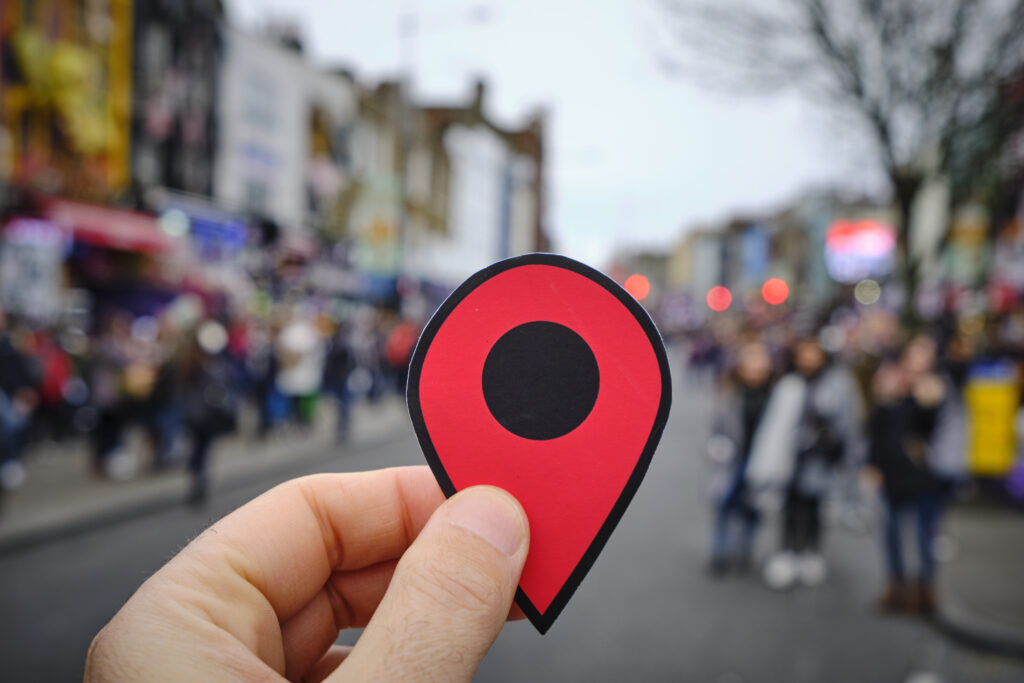Two-thirds of people feel more connected and appreciative of their outdoor space and local community since lockdown

A new research report from out of home and location marketing specialist Posterscope, “The Mobility Mindset”, has revealed that almost two-thirds of people (6 in 10) are feeling more appreciative of their local community and have a heightened emotional connection to their out of home environment since the pandemic, and this is having a “knock on” effect on noticeability and positivity towards OOH advertising.
The research, conducted in late September, following the revised Government measures, found that 89% of people stated they notice out of home advertising across any environment / format. But what is most profound, is the fact that 45% find out of home advertising even more noticeable and feel even more positive towards it than before Covid-19. This increase was highest amongst 18-34s at 52%, 58% among Londoners and, higher than the national average (at 48%), in local lockdown towns and cities. The increased appreciation and connectivity for the out of home space and community was also particularly high among 18-34s (62%), Londoners (68%), the newly WFH (68%) and parents (64%).
When asked about attitudes towards their outdoor environment and local area, 70% of respondents said they are now paying more attention to what is generally going on around them, 65% specifically in their local areas, town or city, making them value their out of home space more. Two-thirds (64%) of respondents stated that lockdown has made them realise the importance of their local high street while 50% believe they have created a stronger emotional tie with their local community following Covid-19.
This new-found awareness of the local out of home environment is also resulting in stronger feelings towards out of home advertisers. Of those surveyed, 40% said they feel even more favourable or positive towards brands that are currently using out of home than before the pandemic. This is largely because consumers have more confidence in brands currently using the medium and being pro-active in turbulent times (40%).Simultaneously, outdoor advertising has a strong community connection, being part of the everyday fabric of people’s towns and cities, which makes brands using it feel more familiar (42%), driving an emotional connection with consumers in their local community.
Glen Wilson, Group MD at Posterscope, adds: “There is a lot of evidence out there, including in our own Mobility Index, that population mobility is now close to 80% of pre-Covid levels but it’s where this movement is taking place that has changed. As people spend more work, shopping, and leisure time in and around their communities, they are noticing and engaging more with their local environment, including out of home advertising. This heightened sense of awareness is amplifying the medium’s underlying attributes, strengthening its ability to make more powerful and emotional connections between people and the brands using it.”
The research also found that out of home continues to drive action among the UK population. In the last month alone, 45% of those surveyed have responded to an out of home ad, and this was again higher among certain demographic groups: 53% of 18-34-year olds, 66% of Londoners and 57% of parents.
Two-thirds (66%) of UK adults also state they would respond to an out of home ad of interest, but the type of response has changed somewhat from pre-Covid. People are marginally less likely to go in-store to purchase now (down from 26% pre-Covid to 24%) but they are more likely to go online to search, review and compare (up from 51% to 55% now) and importantly, purchase online (up to 31% now from 27% pre-Covid), demonstrating OOH’s power to drive people online.
Glen Wilson continues: “This research shows the strong community connections that out of home has, being part of the everyday fabric of people’s towns and cities, but it also highlighted how well placed the medium is to drive people both in-store and online effectively – particularly relevant as consumer shopping behaviours start to adapt to our new circumstances
The research is part Posterscope’s #NowNearNext initiative, helping clients navigate the changing behaviour, changing infrastructure and changing attitudes of consumers in response to Covid-19. Created to ensure that brands can communicate and engage with their customers most effectively now, in the near future and in the more distant future, however that might look.
Research was conducted by Dipsticks Research Group using its online panel, Panelbase, amongst 1,025 nationally representative adults aged 18-55. Fieldwork took place from Thursday 24th to Sunday 27th September, directly after the new national measures were introduced on September 24th.





